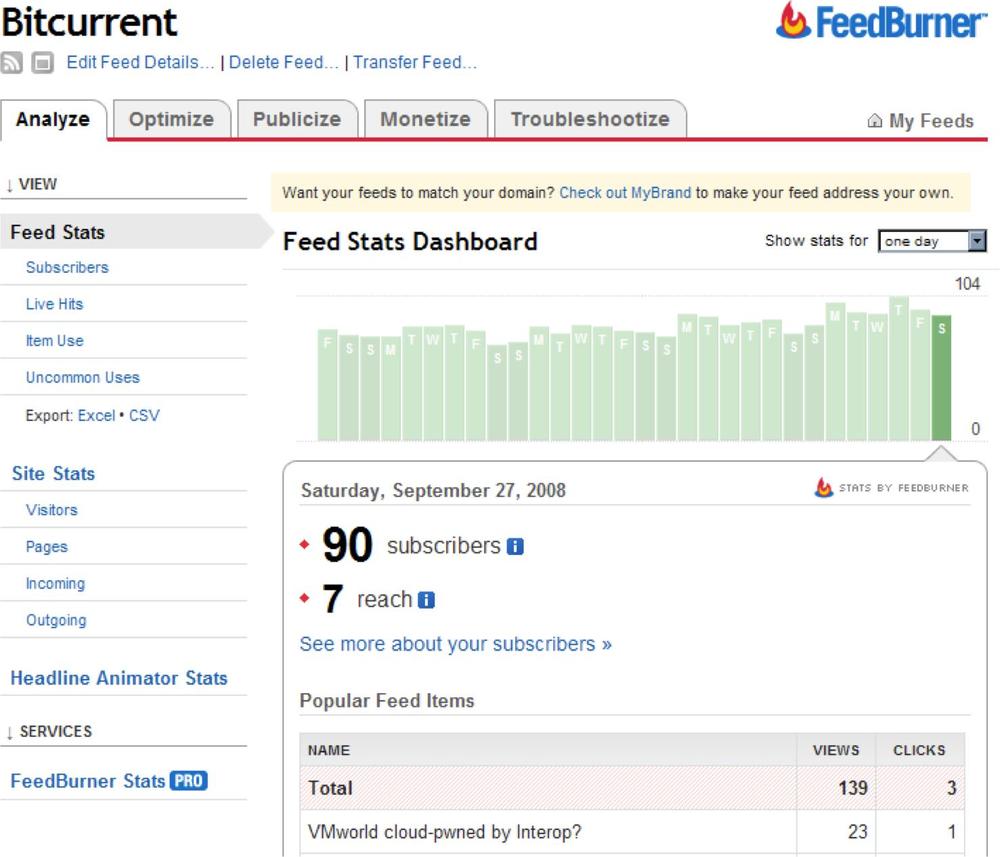Once you’ve got your site in order, traffic is flowing in, and you’re making the most of all of your visitors, it’s time to be sure your relationship with them is long and fruitful.
In the early days of the Web, the main measure of engagement with your visitors was loyalty—how often they returned to your site. Today’s users receive messages from a wide range of social networks, RSS (Really Simple Syndication) feeds, email subscriptions, and newsgroups, all of which push content out to them without them first asking for it.
As a result, visits don’t count as much. The definition of loyalty needs to be amended for this two-way relationship. It’s not just about how often your visitors return; it’s about how willing they are to let you contact them and how frequently they act on your advances and offers.
The best visitors are those who keep coming back. Thanks to browser cookies, most web analytics applications show the ratio of new to returning visitors. Strike a healthy balance here: get new blood so you can grow, but encourage existing visitors to return so they become regular buyers or contributors.
For this, you need to look at two additional metrics. One is the average time between visits, which shows you how much a part of your audience’s daily life you are. The other is the number of users who no longer engage with the site. Since users don’t usually terminate an account, this is measured by the time since their last login.
What to watch: Ratio of new to returning visitors; average time between visits; time since last login; rate of attrition or disengagement.
Reaching people when they visit isn’t enough. Visitors you’re allowed to contact are the holy grail of online marketing. Their love is more than loyalty—it’s permission.
Enrollment is valuable because consumers are increasingly skeptical of web marketing. Browsers run ad-blocking software. Mail clients hide pictures. Some portals let users hide advertising. An enrolled visitor is reachable despite all of these obstacles.
Enrollment also provides better targeting. You can ask subscribers for demographic information such as gender, interests, and income, then tailor your messages—and those of your advertisers—to your audience.
What to watch: Signups; actual enrollments (email messages sent that didn’t bounce); email churn (addresses that are no longer valid); RSS subscription rates.
It’s great to have people enroll, but it’s even better to actually be able to reach them. Whether through email subscriptions, alerts, or RSS feeds, reach is the measurement of how many enrolled visitors actually see your messages.
In the case of email, this may be the number of people who opened the message. For RSS feeds, it’s the number that actually looked at the update you sent them. For video, it could be the number that played the content beyond a certain point. Figure 3-6 shows the FeedBurner report for subscribers (the number enrolled) and reach (the number that actually saw a message) for a blog.
Reach is a far more meaningful measure of subscription, since it discounts “stale” enrollments and shows how well your outbound messages, blogs, and alerts result in action.
What to watch: Reach of email recipients; reach of RSS subscribers.

